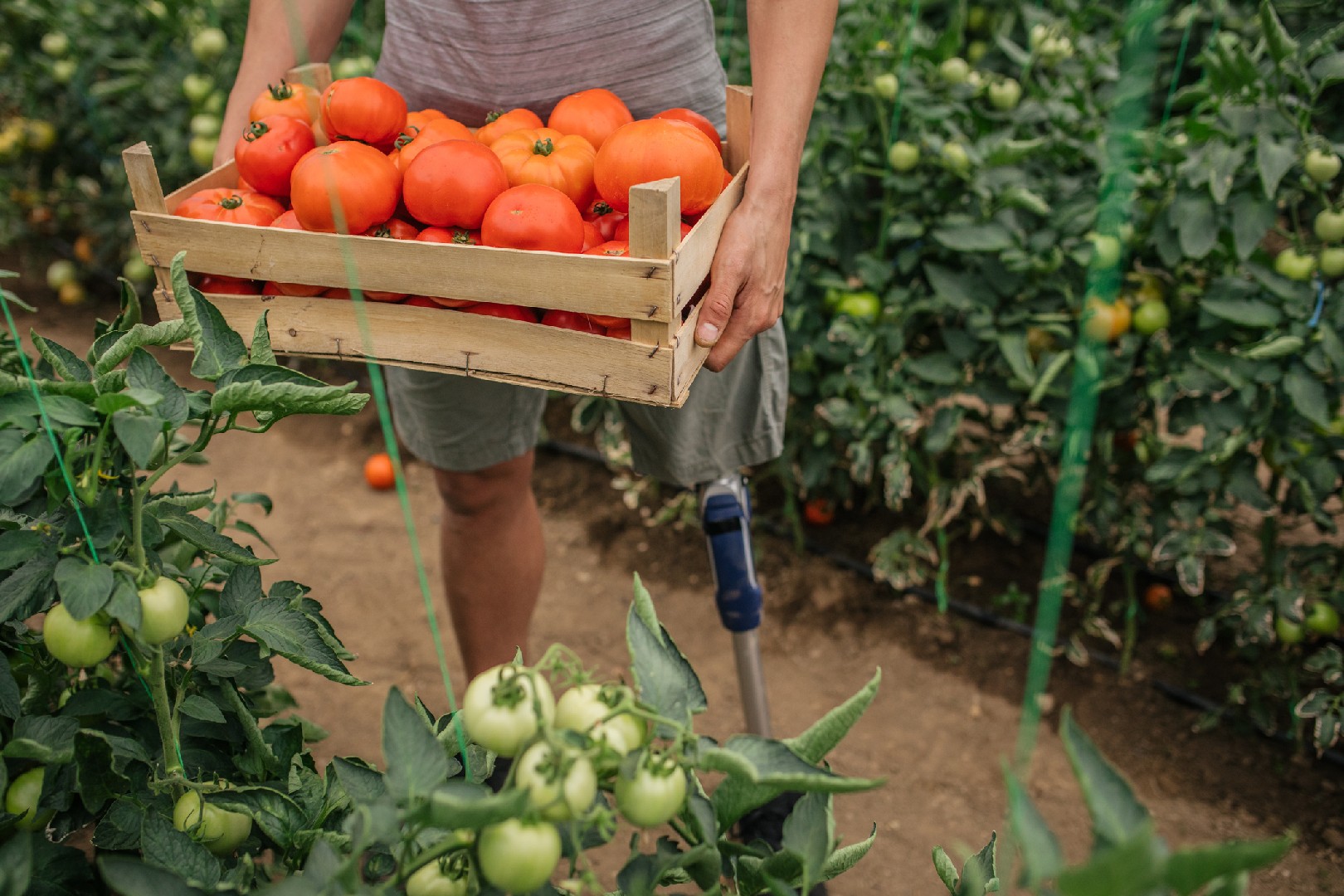![Rectangle]()
Transitioning Your Garden for the Off-Season
As the last harvest approaches, it's essential to prepare your garden for the off-season. This period is crucial for rejuvenating the soil, protecting it from harsh weather, and getting a head start on next year's planting season. Here are some practical steps to help you ace the last harvest and ensure your garden thrives during the off-season.
One of the first tasks in transitioning your garden is removing spent plants. These plants have served their purpose and are now taking up valuable space and nutrients. By removing them, you free up space for new growth and prevent the risk of disease or pest infestation. Additionally, composting suitable plant material is an excellent way to nourish your garden for the next planting season. Mix green (nitrogen-rich) and brown (carbon-rich) components, such as leaves, kitchen scraps, and small prunings, to create a nutrient-rich compost pile.
Conducting soil tests is another crucial step in preparing your garden for the off-season. These tests help identify nutrient deficiencies in the soil and inform your soil amendment plans. Soil amendments can include adding organic matter, such as compost or manure, to replenish nutrients. You can also adjust pH levels by adding lime or sulfur as needed. By understanding your soil's needs, you can ensure that it's healthy and ready for the next growing season.
Cover crops and mulching techniques are essential for protecting your soil during the off-season. Cover crops, such as winter rye or crimson clover, help prevent erosion, suppress weeds, and improve soil structure. These crops also add organic matter when turned into the soil in spring. Mulching, on the other hand, helps retain soil moisture, regulate temperature, and prevent weed growth. Organic mulches, like straw or wood chips, not only provide these benefits but also break down over time, enriching the soil.
To ensure a successful off-season transition, it's also important to clean and maintain your gardening tools. Wash away dirt and debris from your tools to prevent rust and damage. Sharpen blades and oil moving parts to keep them in top condition. Storing tools properly in a well-ventilated area, away from extreme temperatures, will prolong their lifespan and ensure they're ready for the next gardening season.
By following these practical tips, you'll not only ace the last harvest but also set the stage for a successful off-season. Transitioning your garden with care will benefit your soil, save you time and effort in the long run, and give you a head start on a thriving garden next year. So go ahead, put on your gardening gloves, and make the most of the off-season to prepare for future abundance!"





